When did Portrait Photography start?
Daniel • updated November 26, 2022 • 9 min read
Daniel • updated November 26, 2022 • 9 min read

From the very beginning, portraiture was one of the most commonly used types of photography. The history of portrait photography is full of early pioneers who were successful but couldn’t make enough money to support themselves and died poor. So, now we find out when portrait photography started.
Content
Portrait photography is about capturing a single person or several people. A good portrait captures a person in appealing lighting, posture and tries to convey the person’s mood and/or personality.
It doesn’t matter much what kind of tools a portrait photographer uses as long as they can get a good picture of the person. Do you like to dive deeper into photography history? Read our article about the photography history timeline.
The art of photography didn’t begin until an Iraqi scientist created the camera obscura in the 11th century, yet the underlying idea of photography has existed since roughly the fifth century B.C.E.
Even then, the camera only projected images onto a surface rather than actually recording them. Even though the images were reversed, they could be traced to produce precise drawings of real objects like houses.

The first photos taken by a Camera Obscura In France, photography as we know it now first appeared in the late 1830s. Using a handheld camera obscura, Joseph Nicéphore Niépce exposed a bitumen-coated pewter plate to light. This is the first known instance of an image that did not rapidly fade.
Because of Niépce’s discovery, many more tests were done, and photography moved forward quickly. In the middle to end of the 1800s, daguerreotypes, emulsion plates, and wet plates were all produced virtually concurrently.
The daguerreotype was the first photographic technique to be commercially successful in history and was named after the French inventor Louis Jacques Mandé Daguerre (1787–1851). Daguerreotypes are original direct-positive photographs created in-camera on a copper plate coated in silver.
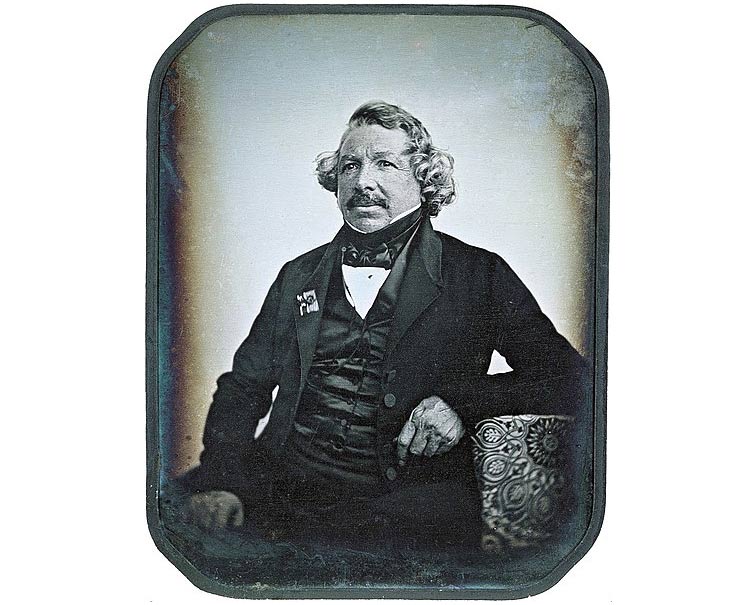
They were regarded as special items and frequently stored in leather cases. Given the huge potential of this discovery, the French government struck a contract with Daguerre to acquire the rights to the method, then gave it to the world as a gift.
A daguerreotype cost roughly $30 in 1840, which was about three or more months’ worth of a average worker’s salary.
Visitors also read:
Portrait Photography Quotes
Hairstyles to Look Good in Photos
Tips to Photograph Men
The famous first portrait was taken in 1839 by Robert Cornelius, a Philadelphia-based amateur scientist and photographer. Cornelius set up his camera at the back of the family store on Chestnut Street in Center City, Philadelphia, removed the lens cap, ran into the frame, sat down for a moment, and then put the cap back on.
You can follow this instructions how to outdoor photography.
He wrote “The first light picture ever captured. 1839” on the back of the photograph. Along with being the first portraitist, Robert Cornelius was a visionary who gave the daguerrotype the refinement it sorely needed.

His expertise in metallurgy and focus on silver plating guaranteed that his daguerreotype innovations gave equal weight to technical competence and beauty.
The history of portrait photography is full of early pioneers who were successful at first but couldn’t make enough money to support themselves. As a result, they died in obscurity and poverty.
Among the first to recognize the financial potential of the daguerreotype portrait, Cornelius is a notable exception since he also recognized when to move on.
Read also our article about when was the first selfie invented.
From 1840 on, many portrait studios began to operate. With the daguerreotype method, it took only minutes to make a portrait instead of hours.
Most of the time, the people were seated in front of a simple background, and the only light came from windows or light reflecting off of mirrors.
Furniture, backdrops, and other accessories are frequently used in studio photos. However, the use of props in portraits was elevated to a new level. Interested in backdops? Check our aesthetic backgrounds for portraits here!
The things people were holding and the clothes they were wearing showed what they did for a living.

People frequently dress in their best attire before posing for a portrait. By 1841, chemical advances had led to more sensitive plates, and the Austrian Voigtlander had made the Petzval lens, which was 20 times more sensitive to light, or faster, than the lenses that were already on the market.
Because of these improvements, exposure times could be between 10 and 60 seconds, which is short enough for portrait work. Portraits were still rare and expensive investments.
Many people could only have one portrait made in their whole lives. People weren’t told to smile because it was hard to smile naturally and keep it up for such a long time. This is why so many portraits from that time show people with serious or sad expressions.
Wet plates only needed two or three seconds of exposure time and were less expensive than daguerreotypes. Because portrait photography was the most popular type of photography at the time, this made them considerably better suited for it. Instead of simply covering the picture plate, the collodion emulsion process was used for these wet plates.

Ambrotype and tintype emulsion plates were two popular varieties. In contrast to daguerreotypes, which used a copper plate, ambrotypes used a glass plate.
Tinplates were used in tintypes.
These plates needed to be produced quickly despite having a higher sensitivity to light. Photographers needed to be able to get their hands on chemicals, and many of them traveled with darkrooms on wheels.
In 1871, Dr. Richard L. Maddox came up with the gelatin or dry plate process for taking pictures. This was done by putting a light-sensitive gelatin emulsion on glass photographic plates and letting them dry out before using them.
This made the process much more useful than the wet plate process because the plate could be moved, exposed, and then processed at a later stage.
With the wet plate process, the plate had to be coated, exposed, and processed all at the same time. The dry plate process was made, which led to the roll film process in the end.
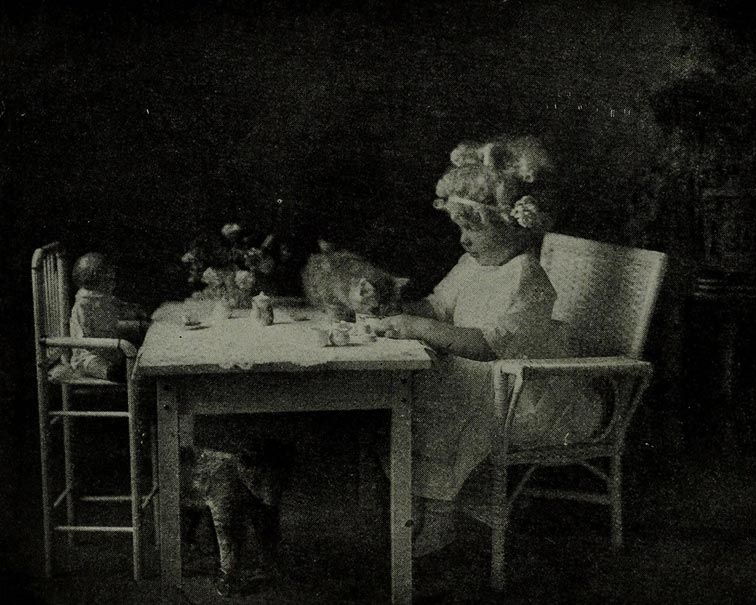
For portrait photographers, this meant more time for posing instead of shooting, more flexibility in how they could set up their studio, less risk from chemical spills, and far less expensive equipment needed because each photo only required one exposure. However, the greatest advantage was that they could now produce “pictorial” photos.
Pictorial photography is defined as photographs that have a strong emphasis on aesthetics, mood, and symbolism. They are often dreamlike images that have a soft focus and a romantic, impressionistic feel.
Portraiture went in new directions by some iconic early photographers.
Southworth and Hawes, a business partnership in Boston, made the best portrait daguerreotypes in the United States. Their clients included important political, intellectual, and artistic figures.

1843 and 1863, Albert Sands Southworth and Josiah Johnson Hawes took portrait photography to the level of fine art by putting more value on quality than quantity.
They added light and used composition to capture the personality of the person.
David Octavius Hill was a painter, photographer, and advocate for the arts from Scotland. Between 1843 and 1847, he and the technician and portrait photographer Robert Adamson opened the Hill & Adamson studio in Edinburgh, Scotland.
Their work together was very successful, thanks to Hill’s skill with composition and lighting and Adamson’s great sensitivity and dexterity with the camera.
They made more than 1,500 portraits of people, including upper-class people and working men and women in the fishing town of Newhaven, north of Edinburgh. Critics praised their art form and said that the photos were as emotional and dramatic as Rembrandt van Rijn’s paintings.
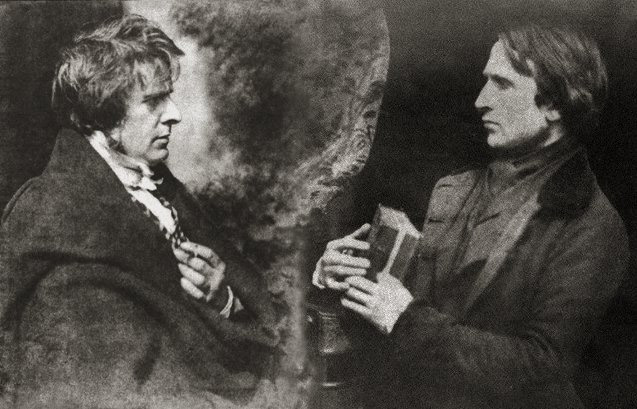
In comparison to the daguerreotypes of the time, Hill and Adamson paid close attention to how shapes were placed and how the whole picture was put together.
People who liked these portraits from the late 1800s tended to ignore Adamson’s contributions because they thought he was “just” a technician. Hill, who had been educated as a painter, was seen as a key figure in the new art of photography. Hill was known for many years as one of the first photographers.
Gaspard-Félix Tournachon (1820–1910), who went by the name Nadar, was a French balloonist, photographer, cartoonist, journalist, and author. Nadar got into photography because he needed it to help with his drawings.
Nadar’s photo studio was red on the outside and on the inside. It had two floors and was embellished with precious art and porcelain. His name was written on the front of the building in big, red gaslight letters. When Nadar met his clients, he wore a beautiful red velvet robe.
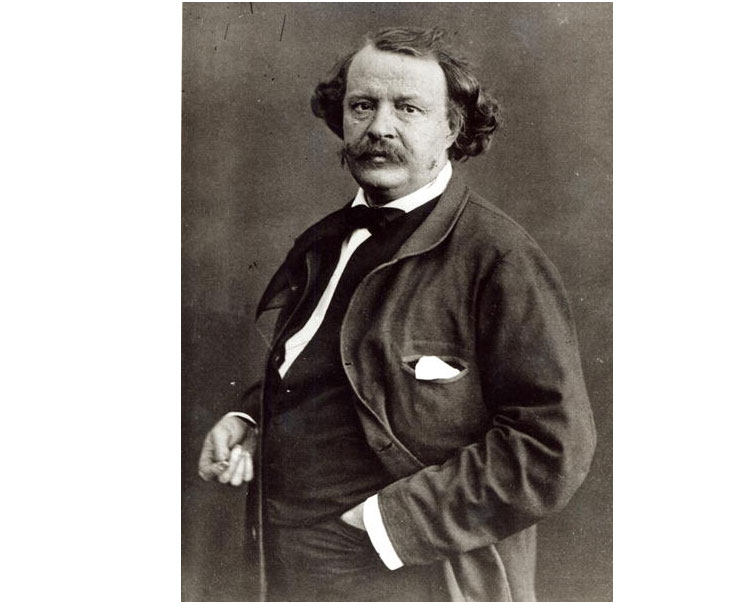
Nadar took pictures of the Parisian artists, writers, and musicians who were also his friends. His portraits didn’t talk about how flashy he was or how fancy the studio was. Instead, he tried to be true to the client’s personality and image.
The people Nadar painted were in relaxed poses and lit in the style of Rembrandt, which is still used today. He was the first person to use electricity to light his studio.
Nadar took pictures of the sewers and catacombs of Paris. He was also the first person to take pictures of the sky from a balloon.
His art is in a lot of national collections all over the world.
Cameron (1815-1879) was born in Calcutta in 1815, but he didn’t start taking pictures until he was 48 years old.
Only 11 years of her life were spent on her career, but in that time she made a name for herself that was both debatable and important.

Cameron’s daughter and son-in-law gave her her first camera as a gift in 1863. Cameron was a well-known hostess in colonial society, and her husband’s investments in coffee plantations in Sri Lanka gave them money.
This meant that she didn’t have to be a housewife like most women of her time. She was able to use her artistic skills, and she had servants to help her with the heavy camera equipment of the time.
Today, it is more importent to known the difference between DSL vs mirrorless system camera.
Cameron’s soft focus style, which she used to make a name for herself, was often seen as sloppy and full of technical errors by her peers, even though it was painstakingly crafted and developed. Cameron saw beauty in what other people thought was bad technique.
People thought her portraits were unusually close for the time, but her work has lasted and stayed important because she often photographed important people like Charles Darwin, Robert Browning, Alfred Lord Tennyson, and Ellen Terry.
In 1888, the Eastman Kodak Company made the first camera that was sold to the general public. This was by far the most important event in the history of amateur photography.
The camera was made and sold by George Eastman, who used to work as a bank clerk in New York.
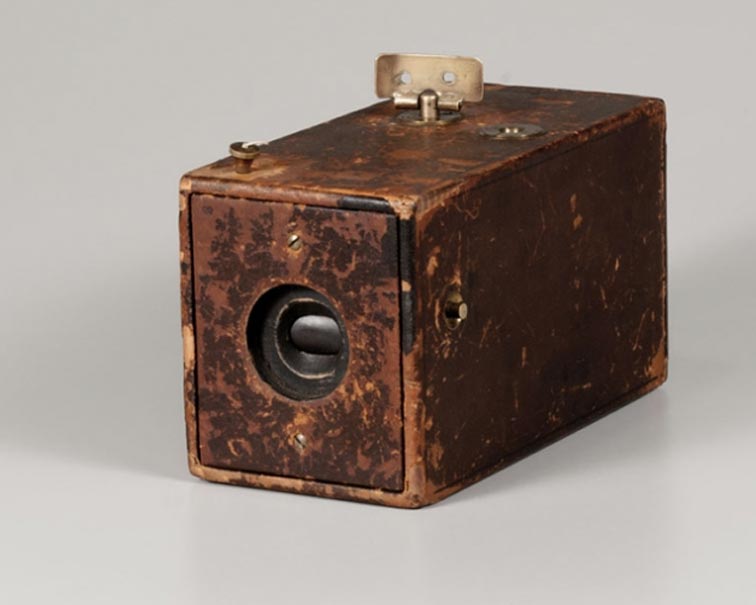
Instead of using a glass plate negative for each shot, like older cameras did, the Kodak came with a roll of flexible film with 100 shots already on it. When the roll was done, the customer sent the camera back to the factory so the prints could be made.
Kodak’s unique circular snapshots helped create a new style of photography that was casual, personal, and fun by capturing everyday moments and memories.
Throughout the 1900s, portrait photography continued to advance. For instance, the early 20th century saw the formation of the Photo-Secession movement.
The movement was intended to encourage people to view photography as an art form, rather than simply a means of commercial success. Alfred Stieglitz, the organization’s founder, collaborated with others to promote what photography could be rather than what it was.
The corporate world started to adopt portrait photography similarly. It was first applied to tracking and recognizing employees.
Similarly, portrait photography began to work its way into the corporate world. It began to be used as a way of keeping track of and honoring employees.
Portraits quickly became very important in printed media, too. They helped people get to know the faces of politicians, famous entertainers, and other famous people.
Boris Lipnitzki was a French photographer who was born in Ukraine in 1887 and died in 1971. He took pictures of ballet, fashion, movies, visual art, writing, and music. He is one of the photographers who became famous and wealthy by taking pictures of rich and famous people.
As he moved through the world of arts and entertainment, he took pictures of people like Josephine Baker, Jean Cocteau, Colette, Maurice Ravel, Serge Gainsbourg, and Pablo Picasso, keeping the spirit of the roaring twenties alive until the swinging sixties.
Franz Hubmann, an Austrian photographer who lived from 1914 to 2007, was also known for his portraits of artists. Many of the leaders of the international and Austrian avant-garde scene who hung out at the Viennese Café Hawelka were immortalized in his black-and-white photos.
The “human-interest photographer” took pictures of people going about their daily lives in cities like Vienna, Paris, Hamburg, and New York for more than 60 years.
He also took pictures of well-known artists from all over the world and put them in more than 80 photobooks about modern life, history, and different cultures.
Dorothea Lange was a photojournalist and documentary photographer who was born in the United States. After studying photography at Columbia University in New York City, she moved to San Francisco and got a job as a photo finisher at a store that sells supplies for photographers.
Here, she met an investor who gave her the money to open a portrait studio in the city. This helped her and her family for the next 15 years.
In the 1930s, when the Great Depression started, Lange took her camera out of the studio and onto the street. She started researching people who were camera shy, unemployed or living on the streets.
Many of Lange’s documentary photos use dramatic angles and dynamic compositions, which are terms from the vocabulary of modernism, to make images of her subjects that are shocking. She had an effect on the growth of documentary photography.
Portrait photography has changed a lot since the year 2000. Thanks to Kahn’s idea, almost everyone in the world with a cellphone can take a picture of themselves whenever they want. Technology keeps getting better, so portraits can now be more detailed and sharp than ever.
In fact, the majority of smartphone users have a feature called “Portrait Mode” in their camera app that’s intended to take the most visually appealing self-portrait possible.
In 1839, Robert Cornelius was the first American to take a picture of himself with a camera. He wrote, “The first light picture ever taken,” on the back of the photo. Only a Frenchman named Bayard had been there before him.
Portrait photography, which is sometimes just called “portraiture,” tries to show a person’s personality. It uses lighting, poses, and backgrounds to help create the effect.
There are many reasons why portraits are important to history. They not only tell the viewer something about the person in the portrait, but they also show how the artist wanted to show the person or how the person wanted to be shown. For instance, a subject’s choice of prop could tell the viewer something about them.
The art of photography didn’t begin until an Iraqi scientist created the camera obscura in the 11th century.
Portraiture was an early photography genre. 1800s photography used daguerreotypes. emulsion plates, and wet plates, which could produce portraits in minutes.
By the middle of the 18th century, iconic photographers had helped to move portrait photography in new directions, and the genre continued to advance in the 1900s.
Further readings:
Hairstyles for photos
Boris Lipnitzki, Photographer
Dorothea Lange, American, 1895–1965
Franz Hubmann, Portraits
Louis Jacques Mande-Daguerre, Inventor
Dry Plate photographic process
Related Articles
Your thoughts and questions